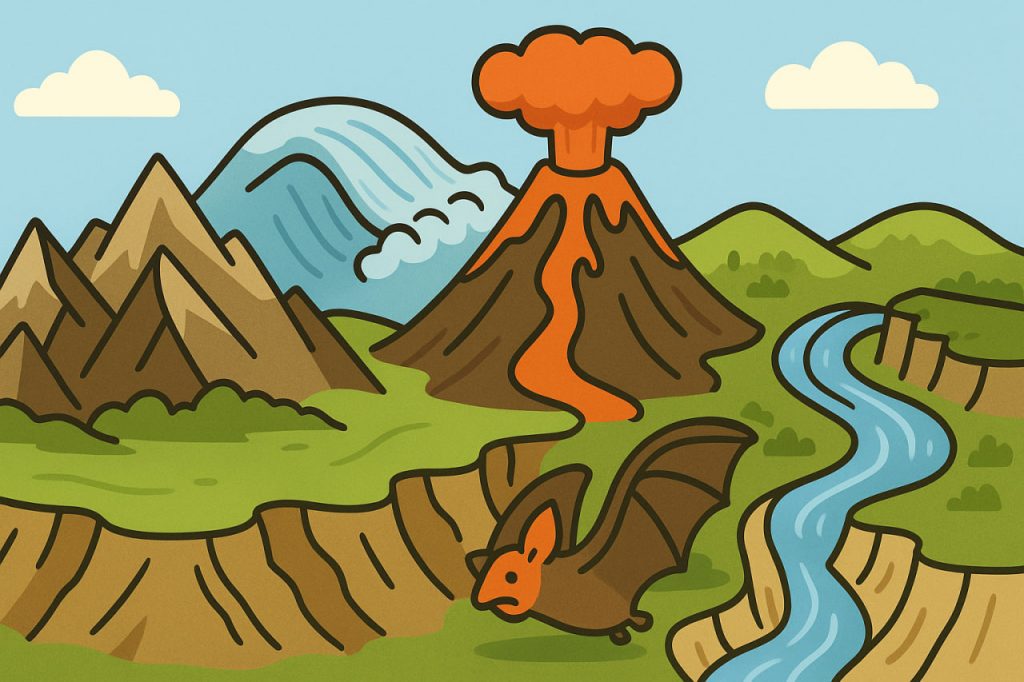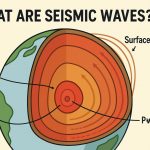Relief refers to the variations in height and shape of the planet’s surface, including mountains, valleys, plains, and plateaus. On Earth, the relief is the result of a complex interaction between internal geological forces and external processes such as wind, water, and ice.
The Role of Tectonic Processes
The movement of tectonic plates is one of the main drivers of relief formation. Collisions between plates create mountain ranges such as the Himalayas, while divergence (plates moving apart) forms rifts and mid-ocean ridges. Subduction zones, where one plate sinks beneath another, shape deep ocean trenches.
Volcanic Activity
Volcanism contributes significantly to planetary relief. Volcanoes build up new landforms by accumulating layers of lava and ash. Entire volcanic islands, such as Hawaii, were created this way. On other planets and moons, massive volcanoes like Olympus Mons on Mars demonstrate how volcanic forces shape surfaces.
Erosion and Weathering
Once mountains and landmasses are formed, they are gradually transformed by erosion and weathering. Water, wind, and ice break down rocks and transport sediments, creating valleys, canyons, and deltas. The Grand Canyon is a classic example of relief shaped by river erosion.
The Role of Glaciers
Glaciers carve landscapes through processes of erosion and deposition. During ice ages, glaciers formed U-shaped valleys, moraines, and fjords. Even today, glaciers continue to sculpt relief in polar and high-altitude regions.
Human Impact on Relief
Modern civilization also affects planetary relief. Mining, construction, dam building, and deforestation change natural landscapes. Though small compared to tectonics or volcanism, these changes can be significant on a local scale.
Conclusion
Planetary relief is the outcome of dynamic processes, both internal and external. Tectonic activity builds structures, erosion reshapes them, and climate and life leave their imprint. Understanding relief helps us learn not only about Earth, but also about the geological history of other planets.
Interesting Facts
The relief of a planet — its mountains, valleys, plains, and craters — is shaped by a combination of internal and external forces acting over millions or even billions of years. Internally, processes such as volcanism, tectonic activity, and mantle convection push and reshape the crust, forming vast mountain ranges and deep rift valleys. Externally, erosion, wind, water, and impacts from asteroids or comets gradually sculpt the surface, smoothing or carving new features. Interestingly, planets with active plate tectonics, like Earth, have ever-changing landscapes, while others — such as Mars or Mercury — bear ancient, unaltered terrains that record their early history. On icy worlds like Europa and Enceladus, surface relief is influenced by cryovolcanism, where water and ice behave like lava. The balance between a planet’s internal heat, gravity, and atmospheric conditions determines how dynamic its surface will be. In essence, planetary relief is the visible story of a world’s geological evolution — written in stone, ice, and dust.
Glossary
- Relief – variations in elevation and form of a planet’s surface.
- Tectonic plates – large slabs of Earth’s lithosphere that move and interact.
- Subduction – process where one tectonic plate sinks beneath another.
- Volcanism – geological activity where magma reaches the surface.
- Erosion – wearing down and transport of rocks by wind, water, or ice.
- Glaciers – masses of moving ice that shape landscapes.


